The plant was molded belonging to the genus Tolstankov, in the verbal everyday life occurs, called the stone rose. You will immediately agree with this comparison as soon as you see an intricate structure of the socket of this succulent consisting of wax fleshy leaves. In terms of landing and leaving, the stone rose is a milestone plant. The flower is completely unpretentious and readily burns both outdoors and at home, in a pot.
In the period of the Middle Ages, the Europeans grown and diluted a stone rose on the roofs of their buildings for self-preservation - there was a belief that dense outlets of the plant belonged to the Scandinavian Deity of Torah and possessed the wonderful ability to remove the lightning strikes away from housing. A little later, enterprising British began to fill in a stone rose roof of houses - the flower quickly sprout into the slightest areas where there were no tiles, and thus strengthened the roof. And only in the 19th century, thanks to the French, the landscape design was replenished with another creative decoration in the form of a stone succulent. Since then, the flower is actively exploited for the device of the picturesque "rugs" at the house, as well as for the decorative transformation of paths, tracks and borders in the garden.
Stone Rose: Plant Types
In modern gardening, there are approximately 500 species of the plant, of which more than 50 species have successfully arrived in our country:
- the stone rose roofing is the most common view of Europe. Flower sockets, spherical and slightly flashed, reach in diameter 7 - 15 cm. Dense fleshy leaves, pointed at the ends, painted in reddish or brown-bronze shades. It blooms such a stone rose with reddish pink flowers;
- stone rose mountain - her small outlets make up green strong leaves with pinkish buds. The hybrid plant from this species - the stone rose of Brown attracts attention to the visual appearance of the flowers of creamy yellow shade;
- stone Rose Caucasian - the edges of green leaves of the plant decorate hard "cilia", and the outlets are red-purple or purple flowers. It is well mastered on stony soils and needs top-drawers with a high content of calcium;
- the stone rose is dwarf, or small-scale - this plant is distinguished by small (up to 2.5 cm in the diameter) sockets, sharp leaves with neat processes along the edges. Osin-red flowers with a good noticeable feature in the center;
- stone rose marble - succulent leaves die with a combination of green and red divorces. Plants of some varieties for winter become almost completely red. The outer plates of young leafs are slightly publisted, but as the omission is grossing. The stone rose flower of this species is pale-red petals marked with a white rim along the outer edge;
- the stone rose of the web is the most exotic type of family. Miniature "lumps" from the leaves of the plant with purple flowers covers a dense layer thin silky web. So that such a stone rose grew well, she needs a limestrous soil and a full-fledged drainage system. Succurates of this variety are too sensitive to overwhelm in open ground in our climate, so they need to take them into the house with the arrival of autumn;
- stone rose Sureon - spherical sockets (about 5 cm in diameter), consisting of fleshy green leaves, can be found in a large number of pine forests on the sandy ground. Color coloring plants Pale green or fader yellow;
- rosary stone rose - the view grows in the context of the Russian forest-steppe. The plants have a large outlet with juicy tightly assembled leaves and yellow flowers.
Application of a stone rose in the decoration of the preservation
With its presence, the modest rosettes of the stone plant will undoubtedly decorate the garden alpine slide and look to look in a pot on the window. The perfectly dumped flower departure has a miniature root system, which allows you to plant it in the most hard-to-reach places. This, for example, can be lumen in paved paths and tracks or narrow gaps between the stones. Bright "balls" of a stone rose with ease will breathe life into any composition of garden design.
Today, stone succulent is rightfully considered an indispensable part of landscape ensembles in the modern garden exterior. It is especially good, it looks like a minimalist style space. The lack of necessity in complex care for a stone rose allows you to contain such compositions in an excellent original form all year round.
The modern line of representatives of this family amazes the wealth of flowers and shades: in the garden you can smash the islands with green, silver, red, pinkish and barded stone roses. These plants can be collected in lively motley bedspreads, and the solo use of the succulent of one color is possible. For example, it is possible to effectively designate the boundaries of the paths or Altanka. At the same time, the camneur, obstacles, armery are beautiful companions for stone roses.
Another advantage of an unpretentious plant lies in his ability to grow in a short time. Rarely planted specimens after a while become a dense green carpet, through which even the arid weeds can not break through.
An amazing impression is performed on the viewer compact analogues of rocaria or miniature garden from stones involving stone roses. Barbaris's thickets will become an ideal posterior plan to implement such an interesting idea. In the open sunny plot, the whole or semi-dusty vase is placed, fill its ground and put the little "bodies" of a stone rose. For the stylistic completion of the composition, the rase is folded with beautiful stones, and the free place is covered with a layer of rubble or pebbles. By the way, the clay vase can be replaced with an old wicker basket. See how the compositions with a stone rose look picturesquely in the photo:
You can also experiment, disembarking a stone rose into unnecessary shoes. For this idea, brutal worn boots are ideal. They need to be filled to the edges of the earth and wait a bit when a kind of stoneware rose will turn them into a cute mobile flower.
Stone rose: landing and care
The flower is completely unpretentious, but we still decided to share with their readers elementary rules for leaving, taking into account the individual characteristics of the stone rose.
Temperature and Lighting Stone Roses
The stone rose is able to adapt to completely different climatic conditions: in the summer he is heated under the groaning rays of the sun, and in the cold season, it suffers from a harsh frost to - 30 ° C.
On the flower, you need to leave the most illuminated place for succulent, where the sun's rays will have access throughout the day. In shading, the flower will pull up to the light, and very soon lose its decorative outlet. For the same reason, you should not land a stone rose in the immediate vicinity of bushes and trees - their leaves partially hide the flower from the sun.
The composition of the soil for a stone rose
A stone rose growing in the wilderness prefers mountain stony areas where the soil is rich in sand and clay. To break the flower with this flower in the garden, do not do without sandy light soil with a good drainage for which you use fine crushed stone or ordinary pebbles. Before planting plants, this soil is not necessary to specifically need. Excessive acidity of the soil suspends the growth of rock roses.
Rules landing rules
Planting a stone rose on the household plot from the beginning of March and until the end of September. Late landing is better not to postpone on later - to the arrival of the first frost, the plant should already be mastered on a permanent flower bed. If the succulent grew up to landing in the garden in the garden, it needs to be turned into a shallow well together with an earthen room on the roots. If the roots of the stone rose without land, they are simply pressed into the soil and slightly pour on top of the earth.
The root system at the plant is very compact, therefore even an artificial pedestal with a shallow layer of land is suitable as a place of constant growth of the flower. Slowing out sockets, you need to leave 10 - 15 cm of free space between them for future "kids."
Stone rosa fertilizer
Speaking about the departure of the stone rose, remember both the important event, like feeding. True, the earth where this flower grows, it is not needed at all. In too nutrient ground, the rosettes of stone roses will begin to actively increase in size, sacrificing for this with its beautiful saturated color. In addition, with the rapid development of the flower, its high frost resistance is reduced. Periodic feeding of adjacent plants on the flower bed is quite enough and a stone rose. If the plant was used in mono landing, it is possible to fertilize only once every 3 to 4 years, when the earth is really delayed.
Watering, transplanting and trimming of stone roses
Stone rose is not needed frequent watering - it's better to let the earth under it will be dry than too moistened, otherwise the roots of the plant will certainly take. A stream of water needs to be directed not under the socket, but on the site around them, and the root system of the flower will take exactly so much water as needed. It is unacceptable that the water gets into the outlet - in the absence of a bright sun, the leaves of the stone rose are lit. During the season of vegetation (from spring and until the middle of the autumn), the frequency of rock rose irrigation increases, but still follows that the lacquer does not overlook the soil.
If 1 time in 4 years fertilize the land, where the stone rose is growing, it will not need a transplant. It is also a case with trimming - it is not needed. With the arrival of autumn, you can only free the plant from old, drooping to the earth itself, leaves.
Winter rosa
With wintering stone roses, it usually does not occur: a plant, genetically tempered by climatic conditions of mountain stony areas, is well tolerated by a low temperature. With the approach of the cold, you need to break on the sockets old and yellowed bottom leaves, dried flowers, clean the space around from weed grass. Then the stone rose is covered with a sweetheart, but not from frost, and to prevent excessive moisture of her sockets. Instead of a facoth, you can use cropped plastic bottles.
Stone rose: reproduction
Every year to receive offspring from stone roses in two ways.
Vegetative reproduction of stone rose
The French are called a stone rose "a poultry with chickens" - in the spring and summer flower begins to independently increase the child sockets between the leaves, and does it so rapidly that very quickly fills the free space around him with a dense green carpet. This process is happening without the participation of the gardener. If you need to plant a stone rose new flower, "kids" take away from the maternal outlet and transplant - soon they root and quickly go into growth.
Seed reproduction of stone rose
The reproduction of stone rose seeds will require some time. The plant begins to bloom in about the middle of the summer. To assemble seeds, the flowers are not cut off the outlet and at the end of August assemble the landing material. Note that after collecting seeds from the plant, its rosette will die (the stone rose blooms once in life), but new copies compensate for the loss of an old flower. Then the seeds are sown for the winter - they must freeze before climbing. The shoots of stone roses are small and, as it may seem, weak, but by autumn they certainly grow up, and in the second year of life, young sockets will already be able to boast the first vegetative processes.
Stone rose: diseases and pests
Traditional problems of type Tlya or rotted garden rose are traditional for most garden plants, since this flower has a very strong immunity. However, the plant owner will still not hurt to know that potential pests for stone roses are:
- chafer. The insect is a danger to the root system of the plant, besides, its presence in the soil is difficult to notice immediately. To protect the stone rose from damage to the May beetle, never plan the succulent near the trees, where the pest usually lives. When the long strokes of the insect in the pulp of the plant, damaged parts of the stone rose must be removed, and the surviving transplant to a safer place;
- weighing plants. The weeds are "wedged" into the lumens between the outlets, and when it becomes too much, overlap the access of water and useful substances to the root rose root system. And the weed grass, which rises above a small succulent, begins to shade it. Stone rose, devoid of weeding, sooner or later dies;
- rotting root system and sockets. The problem appears if you water the stone rose too often. To save the plant, it is enough to transplant it on the sublime flower, where moisture will not accumulate.
Homemade Rose: landing and care
A stone rose growing in the room will feel great on the southern window windowsill. An early spring pot with a flower can be transferred to an open balcony or loggia that will be regularly ventilated. It can be left to late autumn.
Stone rose Need a small planting capacity. 1/3 The pots fall asleep drainage, and the remaining place is discharged for the root system of the plant. When landing the roots of the succulent, carefully lay and fall asleep the earth.
Stone rose to taste depleted is not acidic soil with a large percentage of sand in the composition. What is the nutrient soil, the larger the succulent will grow, but its color will be dim. The ground for room stone rose can be enriched with coal and wood chips or buy a finished primer for cacti in the store.
Caring for the stone rose at home is the same non-night, as well as a garden plant.
Features of the lighting of stone rose
Home Sukkulet will normally grow not only on the bright sun, but also in a half. However, the coverage of the intensity will largely affect the color of the plant. The stone rose, which is located under the right sunny rays, bright leaves of saturated shades. In this case, the socket is small, neat. A plant that regularly misses the light, reaches large sizes, but loses the natural brightness of the color.
Temperature and humidity for stone rose
The growth and development of room-stone rose does not depend on whether it is cold or hot in the room, however, you need to ensure that the temperature does not fall below 0 ° C, otherwise the succulent will die. Air humidity for a stone flower does not matter.
Watering a stone rose
Water home stone rose is quite rare: 1 time in 1 - 1.5 weeks in summer and 1 - 2 times a month in winter. Moisture should not penetrate the core of the socket, otherwise the plant rotates.
Stone rosa fertilizer
Stone rose does not need feeding, but the succulent will in any case react well to the body, therefore, with the arrival of spring, it is possible to "treat" a room plant with humus. He is being added to the pot from above to Earth.
Conplanting stone rose
There is no room stone rose transplant, but as it is expanded, it has to land her numerous "kids" into other pots. If this is not done, the parent plant will soon lose a decorative appearance.
Pests and Stone Rose Diseases
Stone rose, growing at home, can attack the wave and cherver. For their operational elimination, special synthetic drugs of the intavir type (fromphids) and the actor (from Cherwec) are suitable.
Buy a stone rose can anyone. This plant is suitable even very busy people who have once been to dig in the garden for a long time. Suitable soil and adequate watering is all that will be required of the owner, the rest of the beautiful succulent takes care of himself. Having consisted of the minimum of time and effort, with the help of compositions from rosettes of stone roses, it is possible to effectively and unusually decorate their household plot.

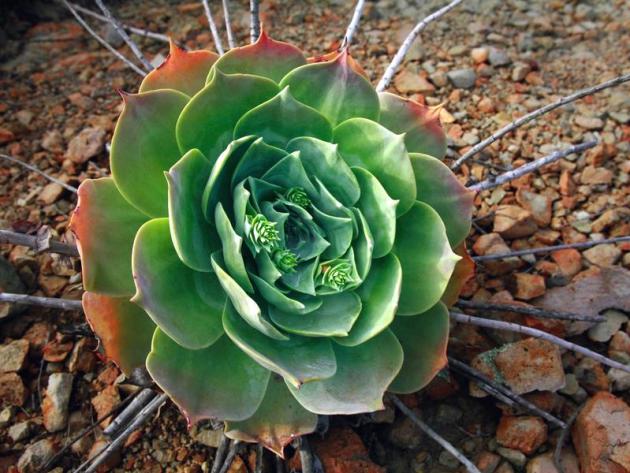
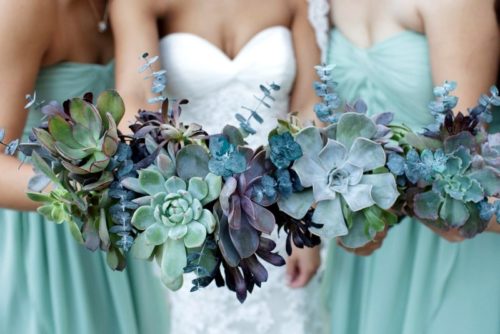
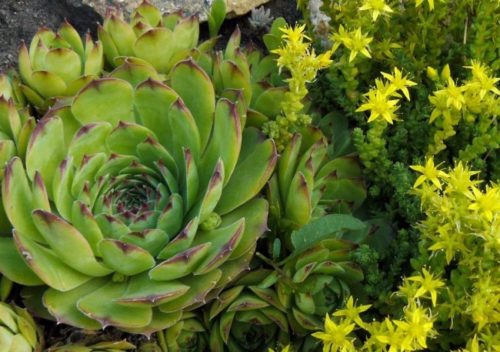
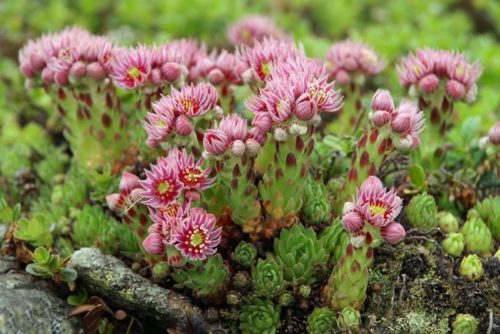
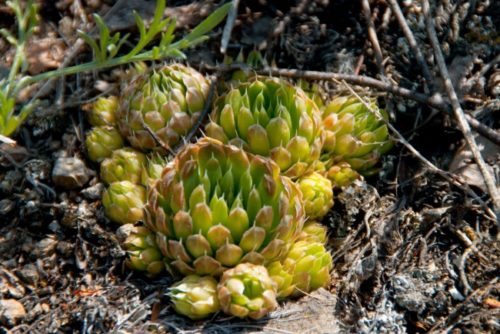
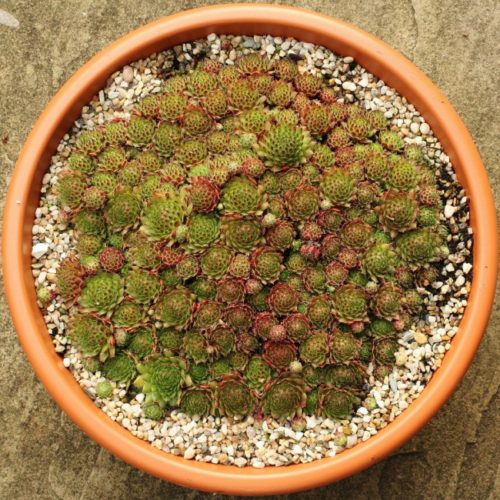
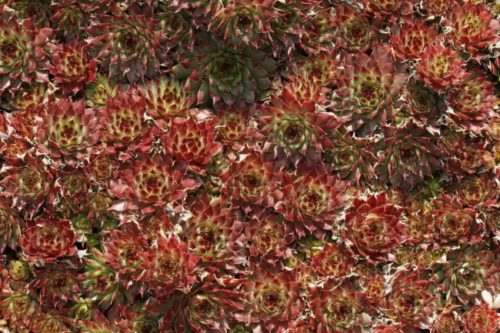
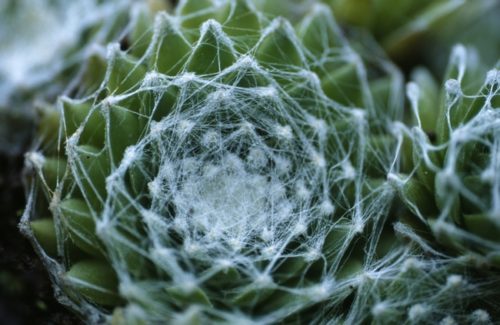

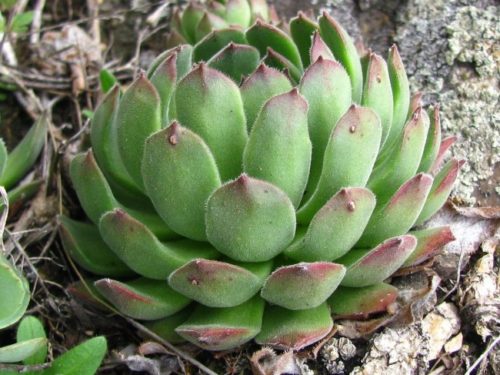
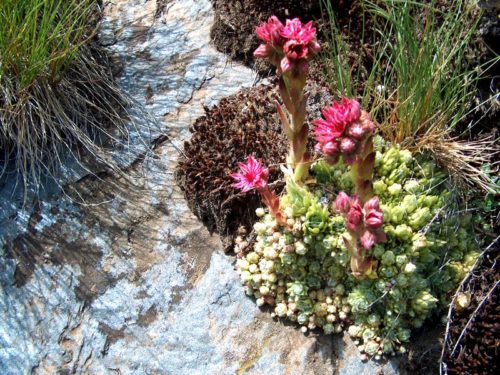
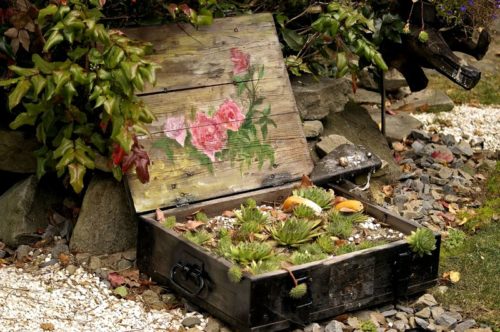
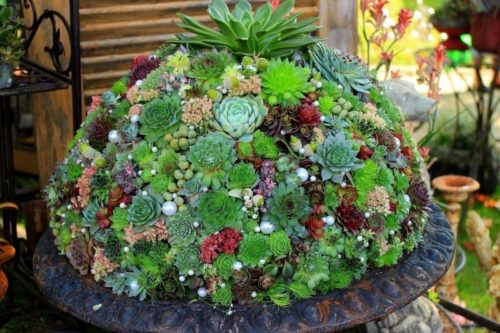

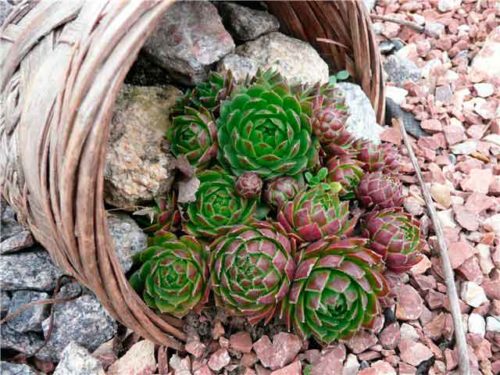
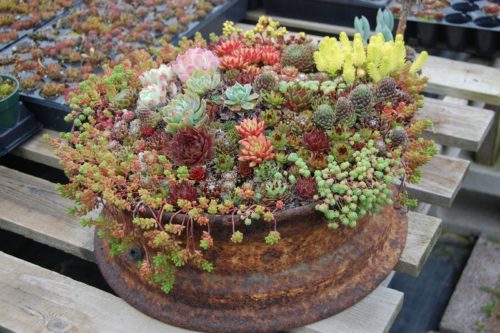
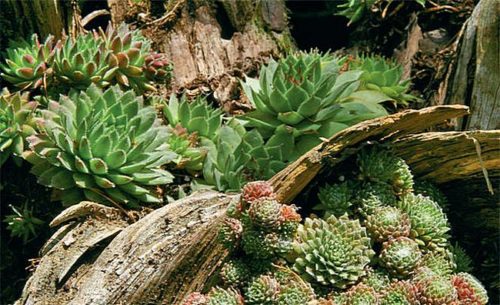
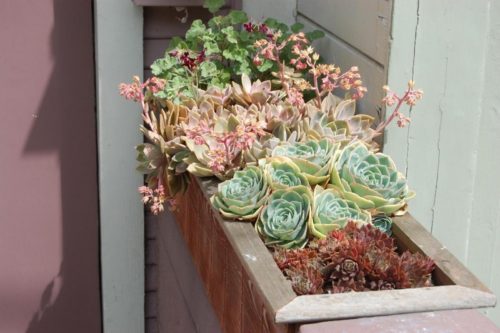
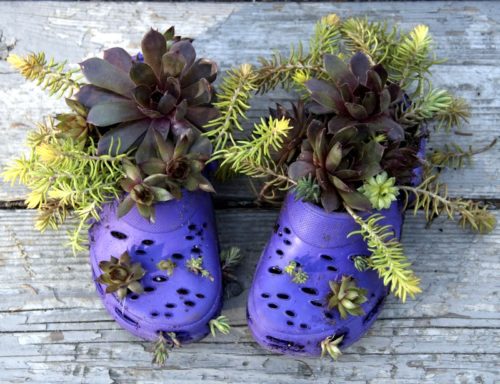
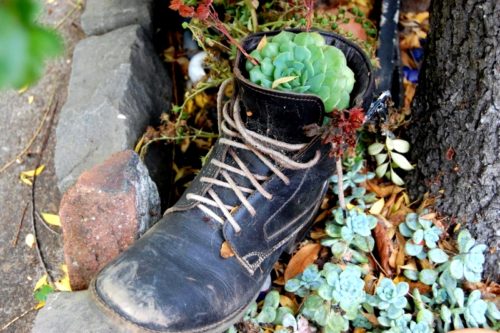
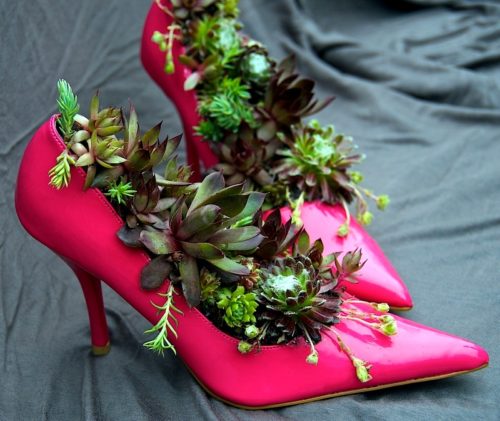
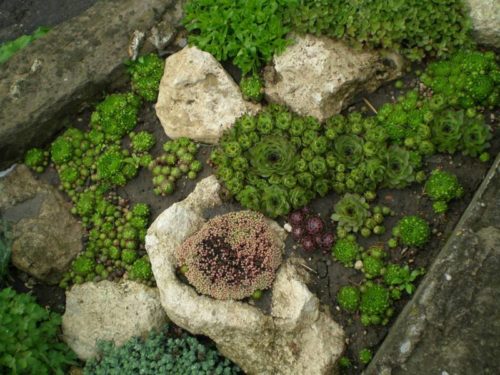
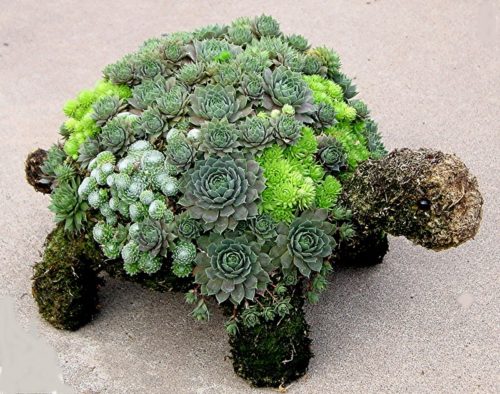
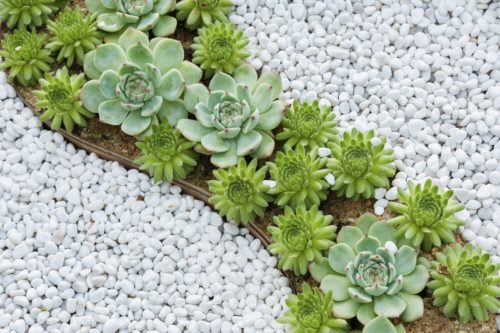
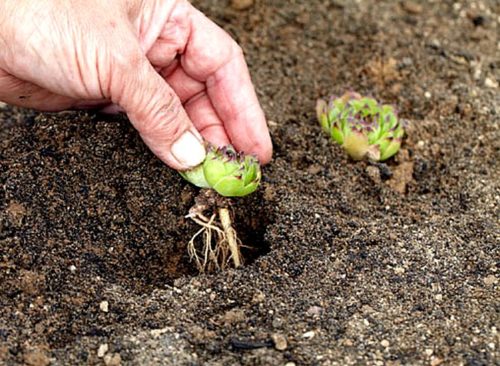
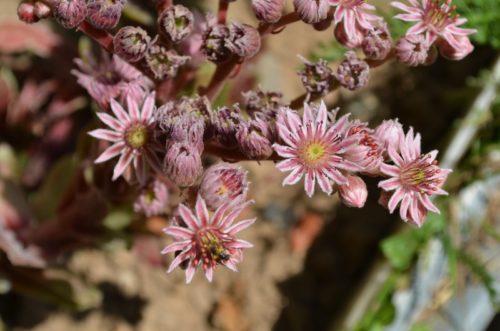

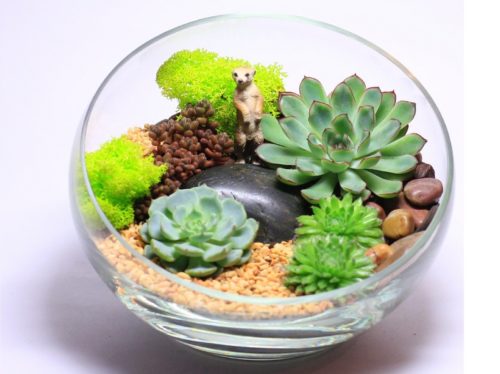
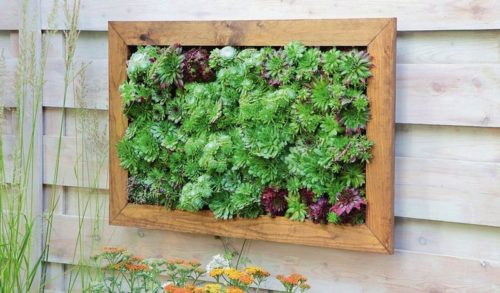
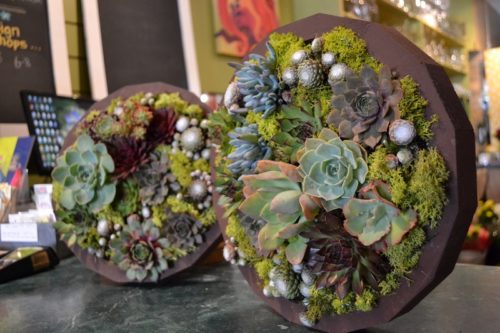













 Start a discussion ...
Start a discussion ...